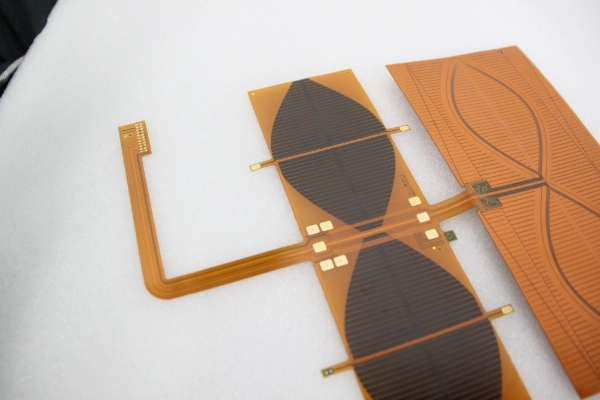The Essential Role of Flux in Soldering: Do You Really Need It?
3 min readSoldering is a fundamental process in electronics, plumbing, and metalwork, where two or more components are joined together using a filler material known as solder. While the act of soldering may seem straightforward, the quality of the joint and the longevity of the connection can be significantly influenced by various factors, one of which is flux. This article delves into the importance of flux in soldering, addressing the question: Do you need flux to solder?
Understanding Flux: What Is It?
Flux is a chemical cleaning agent that serves multiple purposes during the soldering process. It is typically composed of a combination of acids, rosin, and other materials that facilitate the soldering process by:
- Cleaning the Surface: Flux removes oxidation and other contaminants from the surfaces to be joined, ensuring a clean interface for solder adhesion.
- Improving Wetting: By lowering the surface tension of the solder, flux allows it to flow more easily and uniformly across the surfaces, creating a stronger bond.
- Preventing Oxidation: During the heating process, flux helps to prevent the formation of new oxides on the metal surfaces, which can inhibit solder adhesion.
Types of Flux: Which One Should You Use?
There are several types of flux available, each designed for specific applications. Understanding these types can help you choose the right one for your project:
- Rosin Flux: Commonly used in electronics, rosin flux is derived from pine tree resin. It is non-corrosive and leaves minimal residue, making it ideal for sensitive electronic components.
- Acid Flux: This type is more aggressive and is often used in plumbing and metalworking. Acid flux can effectively clean surfaces but may leave corrosive residues that require thorough cleaning after soldering.
- Water-Soluble Flux: This flux is designed to be cleaned with water after soldering. It is effective for electronic applications but requires careful cleaning to avoid corrosion.
- No-Clean Flux: As the name suggests, this flux does not require cleaning after soldering. It leaves a non-corrosive residue that is safe for most applications, making it a convenient choice for many hobbyists and professionals.
Do You Need Flux to Solder?
The short answer is: Yes, in most cases, you do need flux to solder effectively. While it is technically possible to solder without flux, doing so can lead to several issues:
- Poor Adhesion: Without flux, oxidation can occur on the metal surfaces, preventing the solder from adhering properly. This can result in weak joints that may fail over time.
- Inconsistent Joints: Flux promotes even distribution of solder, ensuring that the joint is uniform. Without it, you may end up with uneven solder distribution, leading to unreliable connections.
- Increased Difficulty: Soldering without flux can be more challenging, as the solder may not flow as easily. This can lead to frustration and potential damage to components.
Exceptions to the Rule
While flux is generally essential for effective soldering, there are a few exceptions where it may not be necessary:
- Pre-Tinned Surfaces: If you are working with pre-tinned components or wires, the solder may adhere well enough without additional flux.
- Certain Solder Alloys: Some specialized solder alloys are designed to work without flux, although these are less common.
- High-Temperature Applications: In some high-temperature applications, the use of flux may not be practical due to the risk of flux degradation.
Conclusion: The Bottom Line on Flux in Soldering
In conclusion, while it is technically possible to solder without flux, doing so can compromise the quality and reliability of your joints. Flux plays a crucial role in ensuring clean, strong, and consistent solder connections. Whether you are a hobbyist or a professional, understanding the types of flux available and their specific applications can greatly enhance your soldering skills and the longevity of your projects.

